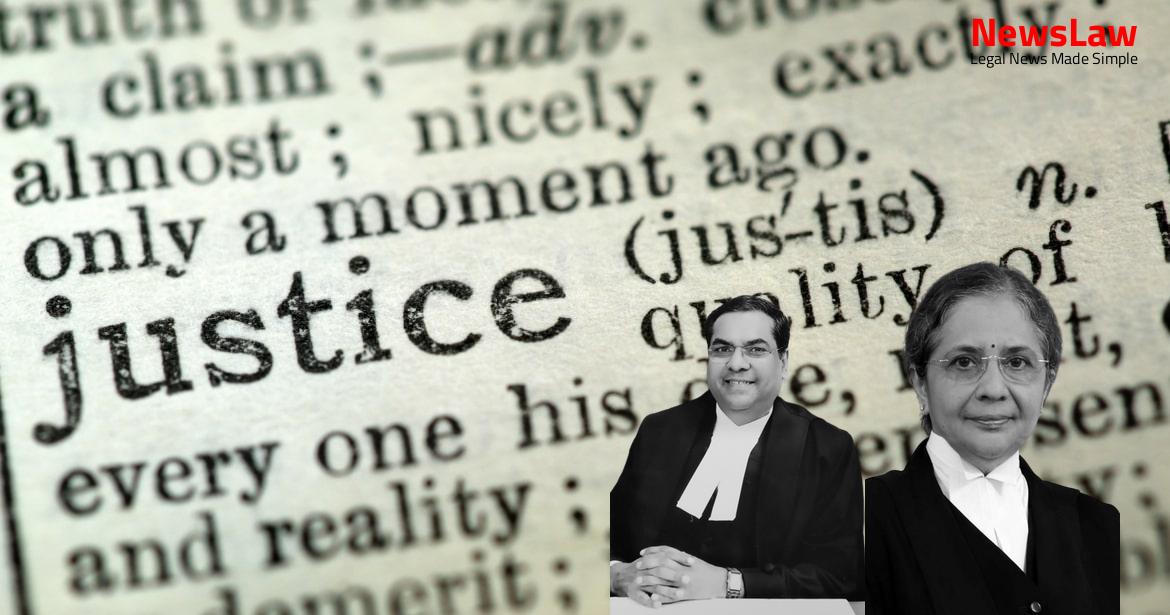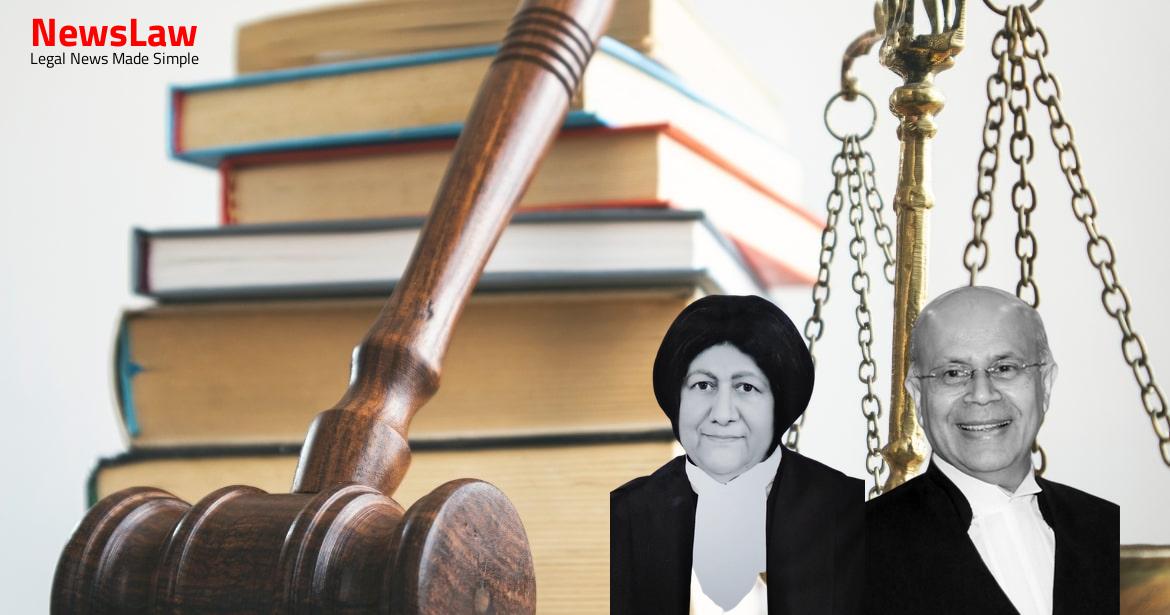In a landmark judgement by the Supreme Court of India, a critical clarification was provided regarding the seizure of property under Section 102 of the Criminal Procedure Code. This ruling impacts how investigations and trials handle the seizure of assets linked to illicit activities. Let’s delve into the details of this significant legal ruling.
Analysis
- There is a divergence in views among High Courts regarding the power of seizure under Section 102 of the Criminal Procedure Code and whether bank accounts can be considered as ‘property’ under this provision.
- The prevalence of corruption in public offices necessitates a broad interpretation of the provisions of Section 102 to prevent accused individuals from accessing illicit funds during trials.
- Different High Courts have taken varied stances on the seizure of property under Section 102, with the Bombay High Court and the Gujarat High Court offering contrasting opinions.
- The discovery of property must precede the detection of a crime, justifying the seizure of accounts linked to illegal activities.
- The definition and scope of ‘property’ under Section 102 have been a subject of debate, with considerations of movable versus immovable properties and the importance of distinguishing civil disputes from criminal cases.
- The decision in the case of Tapas D. Neogy did not explicitly address whether immovable property falls under the category of ‘any property’ in Section 102.
- The power to seize property under Section 102 is crucial to preserving evidence and facilitating judicial orders post-trial for property restitution or compensation to crime victims.
- Sections 451 and 452 define ‘property’ for the purpose of an order of custody and disposal by the Court.
- The interpretation given aligns with the intention of the legislature engrafted in Section 16 of the Prevention of Corruption Act.
- The High Court of Bombay erred in holding that the police officer could not seize a bank account or issue directions to prohibit its operation.
- Money falls under ‘property’ for the purposes of the Code.
- The power under Section 102 of the Code to seize property does not include seizing an immovable property.
- The judgement Tapas D. Neogy did not decide if immovable property falls within the expression ‘any property’ in Section 102 of the Code.
- The scope and object of Section 102 are to assist in investigation and collecting evidence for trial.
- Disputes of immovable property are civil disputes to be settled in Civil Courts, and ‘circumstances creating suspicion of an offence’ do not authorize seizure of immovable property.
- Sections 451, 452, and 456 of the Code apply to property seized under Section 102, but not produced during trial or inquiry.
- The expression ‘produced’ in the context of Section 457 denotes actual or physical production applicable to movable property.
- The powers of the police officer under Section 102 are not to dispossess a person and seize immovable property but to assist in investigation.
- The Ordinance deals with the attachment of money and immovable properties in cases of scheduled offences.
- Immovable property cannot be ‘produced’ in a Court as per the provisions of the Code.
- Specific provisions exist for dealing with immovable property under various Acts like the Narcotics, Drugs and Psychotropic Substances Act, 1985.
- Section 452 of the Criminal Procedure Code empowers the Court to make orders for the disposal of property after the conclusion of an inquiry or trial.
- The Court has the discretion to dispose of the property through destruction, confiscation, or delivery to the rightful claimant.
- Orders under Section 452 do not determine ownership but the right to possession.
- In cases of serious ownership disputes, parties are directed to establish their claims in a Civil Court.
- The Court can pass interim orders as deemed appropriate.
- Section 451 allows the Court to order custody and disposal of property during trials or inquiries.
- The term ‘property’ under these sections includes immovable property as well.
- Section 102 grants police officers the power to seize property suspected to be involved in offences.
- Amendments to Section 102 provide the police with discretion in releasing seized property under certain circumstances.
- Proviso under Section 102 allows for the sale of perishable seized property if valued under five hundred rupees and the rightful owner is unknown or absent.
- Various sections like 451, 452, 453, 454, 456, and 457 outline procedures for property disposal, custody, and appeals against related orders.
- The Appellate Court has the authority to modify or annul orders made under Sections 452 or 453.
- Section 453 allows for the payment to innocent purchasers of stolen property upon restitution to the rightful owner.
- Appeals against orders under Section 452 or 453 can be made to the relevant Appellate Court.
Also Read: Judgment in the Case of Sundew Properties Ltd. v. TSERC & APTEL
Case Title: NEVADA PROPERTIES PVT. LTD. THROUGH ITS DIRECTOR LTD. Vs. THE STATE OF MAHARASHTRA
Case Number: Crl.A. No.-001481-001481 / 2019



